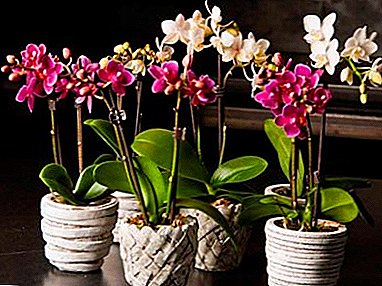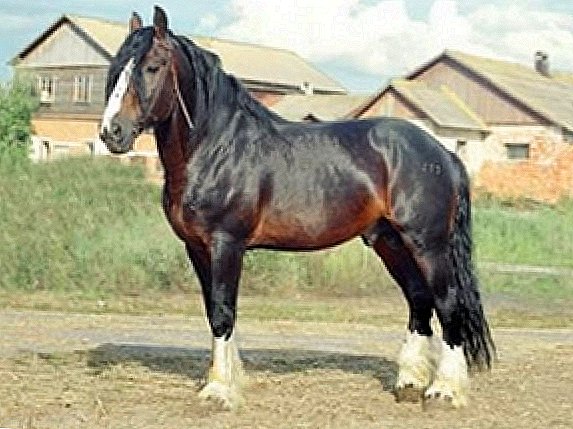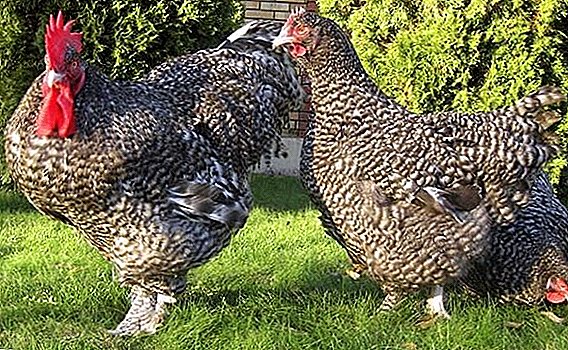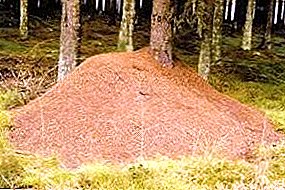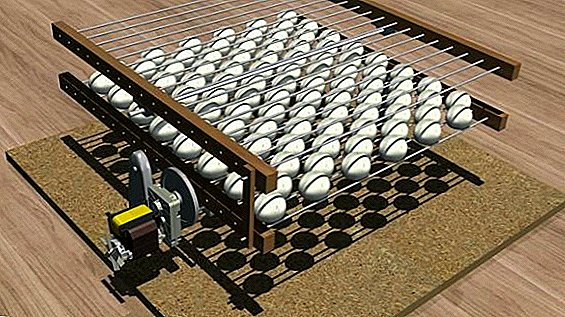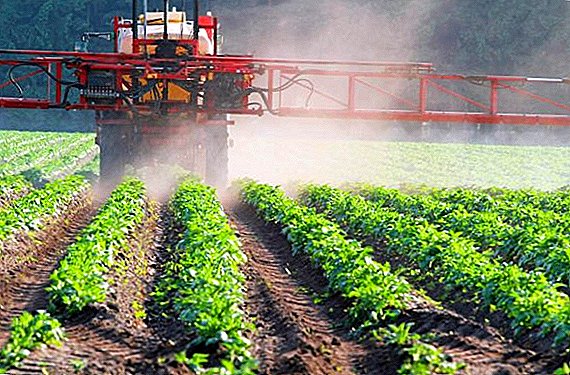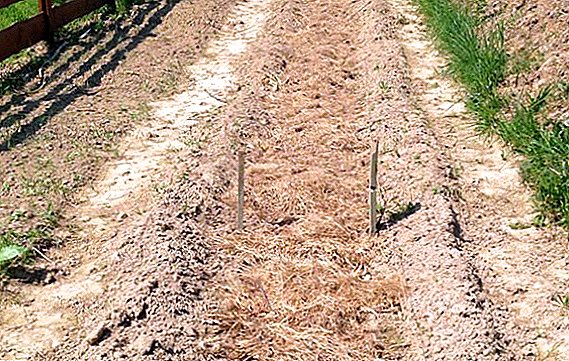 Vladimir Nikitovich Rozum is an eminent gardener who dedicated the lion's share of his life to organic farming. One of the most useful and most exploited of his achievements was the technology of creating and operating warm beds. This article is entirely devoted to the question of the construction and use of warm beds of Rozum.
Vladimir Nikitovich Rozum is an eminent gardener who dedicated the lion's share of his life to organic farming. One of the most useful and most exploited of his achievements was the technology of creating and operating warm beds. This article is entirely devoted to the question of the construction and use of warm beds of Rozum.
The advantages of warm beds
With the help of certain manipulations, this type of beds allows even the soil to be converted into a fairly fertile soil, which for many years did not give in to any treatment and on which weeds alone grew.  The yield on this kind of bed is higher compared with the usual indicators of at least 30-35%, depending on the particular variety of the crop that you intend to grow.
The yield on this kind of bed is higher compared with the usual indicators of at least 30-35%, depending on the particular variety of the crop that you intend to grow.
Did you know? The organic layer of the beds, decomposing, will produce a lot of carbon dioxide, which is one of the most important nutrients for any plant.
Having created a similar bed once, you do not need to re-perform the same manipulation every year, since its service life is practically unlimited. After this, it remains only to update the organic layer from time to time to improve the nutritional processes.
The construction of such a design is possible in almost any season. Naturally, The best result you get when you create in spring and summer. But you can create it on the eve of winter frosts: for the cold period, the earth will have time to restore its natural balance in a natural way.
Learn how to make high beds in the country with their own hands.
Distinctive features of the method
The main distinctive quality of the intensive bed of Rozum is, of course, extremely rapid growth and excellent yield. This effect is achieved due to the huge number of microorganisms, fungi and other soil animals, which produce a great variety of nutrients, while not requiring any additional chemical dressings. What smoothly brings us to the second feature - high ecological compatibility of such beds. 
Did you know? The process of active depletion of the soil began in the twentieth century due to incorrect and overly active treatments. Then such branch as organic agriculture has arisen.
Using this technology, keep in mind that you will have no need to dig new grooves every year, since it will be enough just to update the organic layer and to maintain soil greening in early spring - and it is ready for reuse again.
Rosum bed with their own hands
Below you can find information on how you can make the beds of Rosum yourself on your site. Remember that the information provided only describes a general concept, and you can always improve the original technology with your innovative improvements.
Markup
The general outline for creating these beds implies approximately this marking: in the center there will be organic components, the width of the central part should be about 50-60 cm. On both sides of the central part there should be fodder beds 30-35 cm wide, on which it is planned to plant the crops you need. On the sides of each of the aft beds there are lawn paths, the width of which should also be about 60 cm.
Properly planted lawn will serve you for a long time. It is important not only to choose the grass for the "green fields", but also to get a lawn mower, which will help to care for the lawn, make it thicker and more beautiful.

Important! Rosum bed should be created on prepared ground. Preliminary preparation means soil tillage (depth of 10-15 cm) and removal of weed crops.
Thus, each warm bed should occupy about 1.2-1.3 m, lawn paths 0.6 m wide will divide them. Having made the necessary measurements and preliminary marking, you can proceed to the direct formation of a groove for organic components.
Groove
The groove should be strictly in the center of the bed. It, as a rule, is made of a wedge-shaped form, with a depth of about 25-30 cm. For the formation of this dimple, the Fokin flat cutter is best suited. You can even use a simple hoe. 
Organics
At the bottom of the grooves are stacked thick branches, in extreme cases even fit solid logs or boards. Next on the layer of large branches are placed smaller branches, everything is distributed in a uniform layer. 
Important! To prevent settlement in your garden of small rodents, which can further damage the crop, you can cover the bottom of the groove with a fine-meshed metal mesh.
Behind this you need to put a layer of organic matter, moreover, you can put as fallen leaves, grass, hay, and food waste or manure, it does not play a significant role. Then everything should be properly tamped, and you can proceed to the next stage. 
Solution
For a better development of microorganisms and attracting more groundwater, any EM preparation should be added to the organic layer: “Baikal”, “Emochka”, “Shining”, etc. This will start the fast fermentation process and contribute to composting. To protect against the Colorado potato beetle and other harmful insects, you can use the solution of the drug Metarizin, although this is not a prerequisite. 
Mulching
The final stage of preparation is the mulching of the organic layer. To do this, a layer of 7-10 cm of organic (sawdust, needles, humus, hay) or inorganic mulch should be applied on top of the contents of the central groove.  Such a warm "blanket" is designed to significantly accelerate the natural processes of decomposition of organic matter, which, in turn, will contribute to the best yield of your crops.
Such a warm "blanket" is designed to significantly accelerate the natural processes of decomposition of organic matter, which, in turn, will contribute to the best yield of your crops. 
Features of planting crops
The only implicitly carried out rule of how to plant on the beds of Rosum, is planting on feed areas. It is impossible to plant the plants in the central part, since this will contribute to the rapid depletion of the stock of fertile properties.  In the first year after the creation of the beds, it is recommended to sow them with crops that require hilling. Such a structure of the aft part will allow to deepen the groove and bring it to the state that is most useful for subsequent plantings.
In the first year after the creation of the beds, it is recommended to sow them with crops that require hilling. Such a structure of the aft part will allow to deepen the groove and bring it to the state that is most useful for subsequent plantings.
In the following years, it is possible to plant crops such as zucchini, cucumbers, tomatoes, pumpkins and cabbage. If, for certain reasons, you did not renew the organic layer before any of the seasons, the bed can still serve to grow nutrient-poor crops such as greens or peas. The use of warm beds of Rosum can in 2 years transform loamy unproductive soils into pure black soil and give an increase in yield by 30-35%. Consequently, it is not worthwhile to shelve the application of this magnificent method of increasing productivity. Good luck to you and your site!


